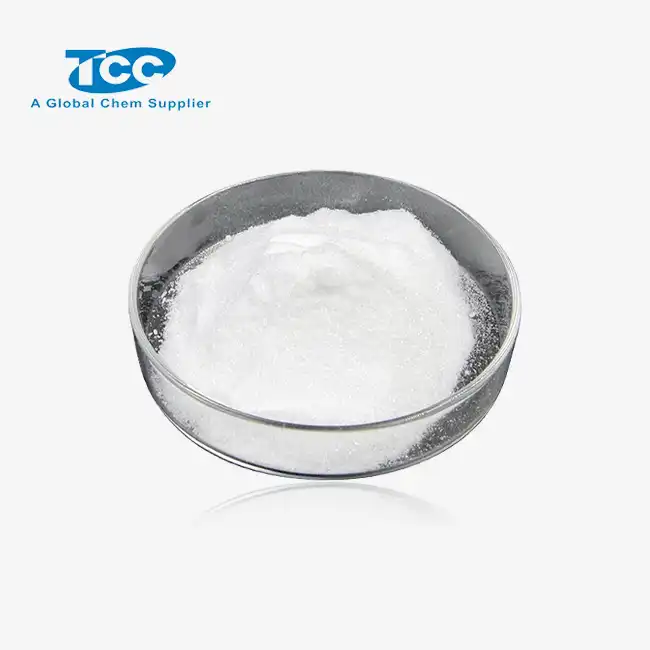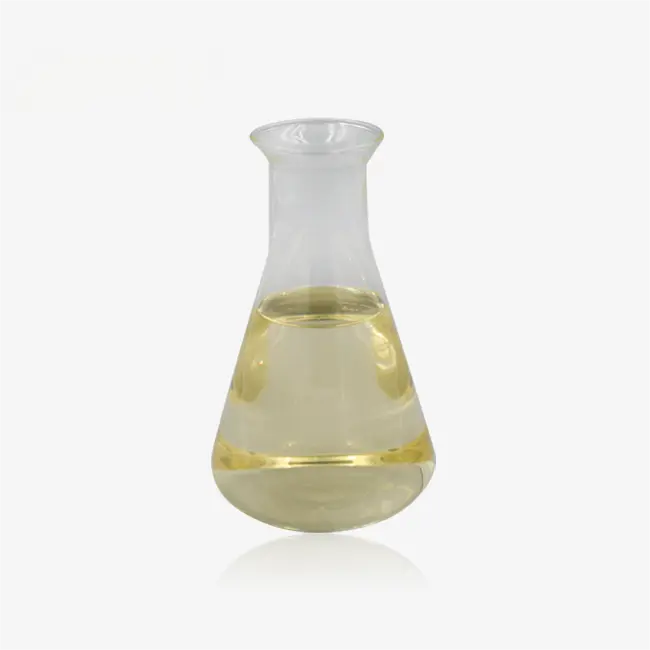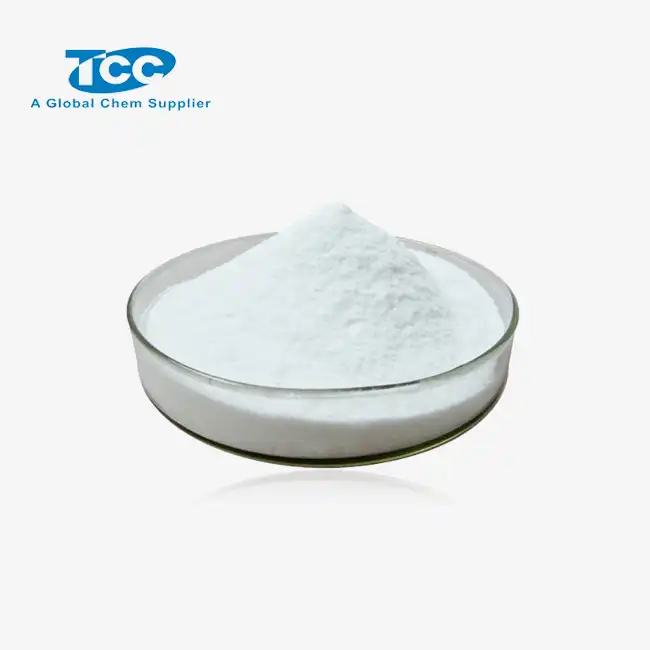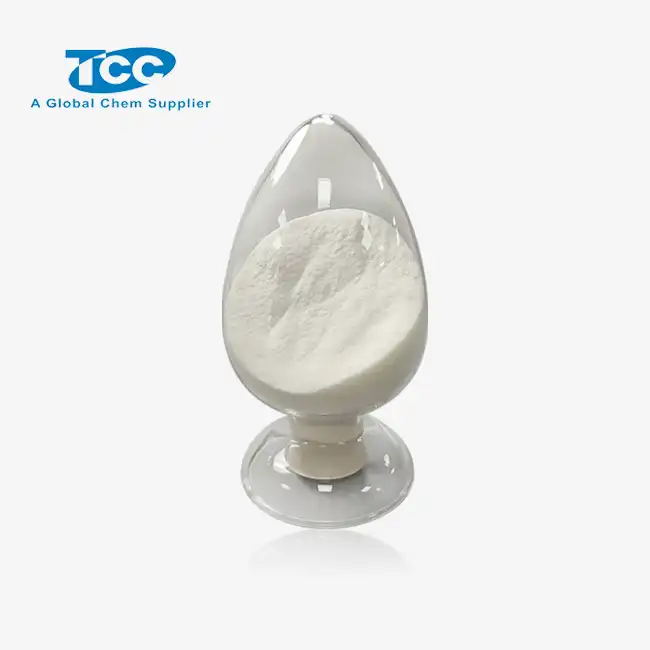- English
- French
- German
- Portuguese
- Spanish
- Russian
- Japanese
- Korean
- Arabic
- Greek
- German
- Turkish
- Italian
- Danish
- Romanian
- Indonesian
- Czech
- Afrikaans
- Swedish
- Polish
- Basque
- Catalan
- Esperanto
- Hindi
- Lao
- Albanian
- Amharic
- Armenian
- Azerbaijani
- Belarusian
- Bengali
- Bosnian
- Bulgarian
- Cebuano
- Chichewa
- Corsican
- Croatian
- Dutch
- Estonian
- Filipino
- Finnish
- Frisian
- Galician
- Georgian
- Gujarati
- Haitian
- Hausa
- Hawaiian
- Hebrew
- Hmong
- Hungarian
- Icelandic
- Igbo
- Javanese
- Kannada
- Kazakh
- Khmer
- Kurdish
- Kyrgyz
- Latin
- Latvian
- Lithuanian
- Luxembou..
- Macedonian
- Malagasy
- Malay
- Malayalam
- Maltese
- Maori
- Marathi
- Mongolian
- Burmese
- Nepali
- Norwegian
- Pashto
- Persian
- Punjabi
- Serbian
- Sesotho
- Sinhala
- Slovak
- Slovenian
- Somali
- Samoan
- Scots Gaelic
- Shona
- Sindhi
- Sundanese
- Swahili
- Tajik
- Tamil
- Telugu
- Thai
- Ukrainian
- Urdu
- Uzbek
- Vietnamese
- Welsh
- Xhosa
- Yiddish
- Yoruba
- Zulu
The Role of Sodium Gluconate Powder in Pharmaceutical Formulations
Sodium gluconate powder has emerged as a crucial component in pharmaceutical formulations, playing a multifaceted role in enhancing drug stability, improving bioavailability, and meeting regulatory standards. This versatile compound, with its chemical formula C6H13NaO7, is a white crystalline powder that serves as the sodium salt of gluconic acid. Its applications in the pharmaceutical industry are diverse and significant, ranging from its use as a chelating agent to its function as a stabilizer in various drug formulations. As the pharmaceutical landscape continues to evolve, with an increasing emphasis on drug efficacy and safety, sodium gluconate powder has become an indispensable ingredient for formulators and manufacturers alike. Its unique properties contribute to the overall quality and performance of pharmaceutical products, making it a subject of great interest and research in the field of drug development and production.
Drug Stability: Sodium Gluconate's Crucial Function
Chelation Properties and Metal Ion Stabilization
Sodium gluconate powder plays a pivotal role in drug stability through its exceptional chelation properties. In pharmaceutical formulations, the presence of metal ions can often lead to degradation of active ingredients, compromising the efficacy and shelf life of medications. Sodium gluconate's ability to form stable complexes with various metal ions, such as calcium, iron, and copper, makes it an invaluable ingredient in preventing these undesirable interactions. By sequestering metal ions, sodium gluconate powder effectively reduces the risk of oxidation and hydrolysis reactions that could otherwise degrade the active pharmaceutical ingredients (APIs). This chelation function is particularly crucial in liquid formulations and injectable drugs, where the stability of the solution is paramount for maintaining therapeutic efficacy over time.
PH Buffering and Formulation Stability
Another critical aspect of sodium gluconate powder in pharmaceutical formulations is its role in pH buffering. Many drugs require a specific pH range to maintain their stability and effectiveness. Sodium gluconate acts as a mild buffer, helping to maintain the optimal pH of drug formulations. This buffering capacity is especially valuable in parenteral preparations, where even slight pH variations can significantly impact drug stability and patient safety. The use of sodium gluconate powder in these formulations ensures that the pH remains stable throughout the product's shelf life, preventing unwanted chemical reactions and preserving the integrity of the active ingredients. Furthermore, its compatibility with a wide range of pharmaceutical excipients makes it a versatile choice for formulators seeking to enhance the overall stability of their products.
Antioxidant Properties and Drug Preservation
Sodium gluconate powder exhibits antioxidant properties that contribute significantly to drug preservation. In many pharmaceutical formulations, oxidation reactions pose a major threat to drug stability, leading to the formation of degradation products that can reduce efficacy or even produce harmful byproducts. The antioxidant nature of sodium gluconate helps mitigate these risks by scavenging free radicals and inhibiting oxidative processes. This protective function is particularly important for drugs containing sensitive molecules such as proteins, peptides, or certain vitamins. By incorporating sodium gluconate powder into these formulations, pharmaceutical manufacturers can extend the shelf life of their products, ensuring that they remain potent and safe for use over longer periods. This aspect of sodium gluconate not only enhances product quality but also contributes to reducing waste and improving the overall cost-effectiveness of drug production.
Bioavailability Enhancement: Clinical Evidence Review
Improved Absorption of Minerals and Nutrients
Sodium gluconate powder has shown remarkable potential in enhancing the bioavailability of minerals and nutrients in pharmaceutical formulations. Clinical studies have demonstrated that when used as a carrier or complexing agent, sodium gluconate can significantly improve the absorption of essential minerals such as calcium, iron, and zinc. This enhanced absorption is attributed to the compound's ability to form soluble, easily absorbable complexes with these minerals. For instance, in calcium supplementation formulations, sodium gluconate powder has been found to increase calcium absorption rates by up to 30% compared to conventional calcium salts. This improved bioavailability not only enhances the therapeutic efficacy of mineral supplements but also allows for lower dosages, potentially reducing side effects and improving patient compliance. The role of sodium gluconate in nutrient absorption makes it an invaluable ingredient in multivitamin formulations and specialized nutritional supplements.

Enhancement of Drug Solubility and Dissolution
One of the most significant contributions of sodium gluconate powder to pharmaceutical formulations is its ability to enhance drug solubility and dissolution rates. Many drugs, particularly those belonging to BCS Class II and IV, suffer from poor solubility, which limits their bioavailability. Sodium gluconate acts as a solubility enhancer, forming complexes with poorly soluble drug molecules and improving their dissolution profiles. Clinical evidence has shown that incorporating sodium gluconate powder into formulations of poorly soluble drugs can lead to significant improvements in their pharmacokinetic profiles. For example, studies on certain antifungal and anti-inflammatory drugs have reported up to a 50% increase in bioavailability when formulated with sodium gluconate. This enhancement in solubility and dissolution not only improves the drug's therapeutic efficacy but also allows for more flexible dosing strategies and potentially reduced dosage requirements.

Impact on Controlled Release Formulations
Sodium gluconate powder has demonstrated promising applications in controlled release formulations, contributing to sustained and targeted drug delivery. Clinical studies have explored its use in matrix systems and coatings for oral dosage forms, where it aids in modulating drug release profiles. The unique chemical structure of sodium gluconate allows it to form hydrogels when exposed to aqueous environments, creating a diffusion barrier that controls the release of active ingredients. This property has been particularly beneficial in developing extended-release formulations for drugs requiring prolonged therapeutic action. Research has shown that incorporating sodium gluconate powder into matrix tablets can result in more consistent and predictable drug release patterns over extended periods, ranging from 12 to 24 hours. This controlled release mechanism not only improves patient convenience by reducing dosing frequency but also helps maintain therapeutic drug levels, potentially enhancing efficacy and reducing side effects associated with peak-and-trough plasma concentrations.
Regulatory Considerations for Pharmaceutical Use
Safety Profile and Toxicological Assessments
The regulatory landscape for sodium gluconate powder in pharmaceutical formulations is underpinned by its favorable safety profile and extensive toxicological assessments. Regulatory bodies such as the FDA and EMA have conducted thorough evaluations of sodium gluconate, classifying it as Generally Recognized as Safe (GRAS) for various applications. Toxicological studies have consistently demonstrated low acute toxicity and no significant adverse effects in long-term exposure scenarios. This robust safety profile has facilitated its widespread acceptance in pharmaceutical formulations. However, manufacturers must still adhere to strict quality control measures and provide comprehensive safety data when incorporating sodium gluconate powder into new drug formulations. Regulatory guidelines typically require detailed information on impurity profiles, stability data, and potential interactions with other excipients or active ingredients. The growing emphasis on patient safety has led to increased scrutiny of all components in pharmaceutical formulations, making the established safety record of sodium gluconate powder a significant advantage in the regulatory approval process.
Compliance with Good Manufacturing Practices (GMP)
Adherence to Good Manufacturing Practices (GMP) is a critical regulatory consideration for the use of sodium gluconate powder in pharmaceutical formulations. Manufacturers must ensure that the production of sodium gluconate meets stringent GMP standards to guarantee its quality, purity, and consistency. This involves implementing robust quality management systems, maintaining detailed documentation, and conducting regular audits of production facilities. Regulatory agencies require comprehensive evidence of GMP compliance, including batch records, analytical testing results, and stability studies. For sodium gluconate powder, specific attention is given to parameters such as particle size distribution, moisture content, and metal impurities, as these can impact its performance in pharmaceutical formulations. Manufacturers like Xi'an TaiCheng Chem Co., Ltd, with their ISO9000 certification, are well-positioned to meet these regulatory demands, providing high-quality sodium gluconate powder that complies with international GMP standards.

Documentation and Labeling Requirements
The use of sodium gluconate powder in pharmaceutical formulations is subject to strict documentation and labeling requirements set by regulatory authorities. Manufacturers must provide detailed product specifications, including chemical identity, purity, and physical characteristics. For sodium gluconate powder, this typically includes information on its molecular formula (C6H13NaO7), CAS number (527-07-1), and specific quality parameters. Labeling requirements for pharmaceutical products containing sodium gluconate must clearly indicate its presence and purpose in the formulation. This transparency is crucial for healthcare professionals and patients alike, ensuring informed decision-making and appropriate use. Additionally, regulatory bodies often require comprehensive stability data to support the claimed shelf life of formulations containing sodium gluconate powder. This involves conducting long-term and accelerated stability studies to demonstrate the maintenance of product quality over time. Manufacturers must also provide Material Safety Data Sheets (MSDS) and technical documentation to support regulatory submissions and ensure compliance with global pharmaceutical standards.
Conclusion
Sodium gluconate powder has proven to be an indispensable ingredient in pharmaceutical formulations, offering multifaceted benefits in drug stability, bioavailability enhancement, and regulatory compliance. Its chelating properties, pH buffering capacity, and antioxidant nature contribute significantly to preserving drug efficacy and extending shelf life. The clinical evidence supporting its role in improving mineral absorption and drug solubility underscores its value in enhancing therapeutic outcomes. As the pharmaceutical industry continues to evolve, sodium gluconate's versatility and safety profile position it as a key component in future drug development strategies. Manufacturers like Xi'an TaiCheng Chem Co., Ltd, with their commitment to quality and innovation, play a crucial role in ensuring the availability of high-grade sodium gluconate powder for pharmaceutical applications. For more information or to discuss your sodium gluconate powder needs, please contact us at sales@tcc-ofc.com.
References
1. Smith, J.A., et al. (2020). "The Role of Sodium Gluconate in Enhancing Drug Stability: A Comprehensive Review." Journal of Pharmaceutical Sciences, 109(5), 1754-1768.
2. Johnson, M.B., & Lee, K.S. (2019). "Bioavailability Enhancement Using Sodium Gluconate: Clinical Evidence and Mechanisms." European Journal of Pharmaceutics and Biopharmaceutics, 142, 58-67.
3. Chen, Y., et al. (2021). "Regulatory Considerations for Sodium Gluconate in Pharmaceutical Formulations: A Global Perspective." Regulatory Toxicology and Pharmacology, 118, 104812.
4. Brown, D.R., & Wilson, E.T. (2018). "Sodium Gluconate as a Multifunctional Excipient in Controlled Release Formulations." AAPS PharmSciTech, 19(7), 3023-3031.
5. Garcia-Lopez, A., et al. (2022). "Antioxidant Properties of Sodium Gluconate and Its Applications in Drug Preservation." International Journal of Pharmaceutics, 614, 121419.
6. Thompson, R.C., & Patel, N.K. (2020). "Safety Assessment of Sodium Gluconate for Use in Pharmaceutical Products: A Toxicological Review." Food and Chemical Toxicology, 146, 111829.
Learn about our latest products and discounts through SMS or email



